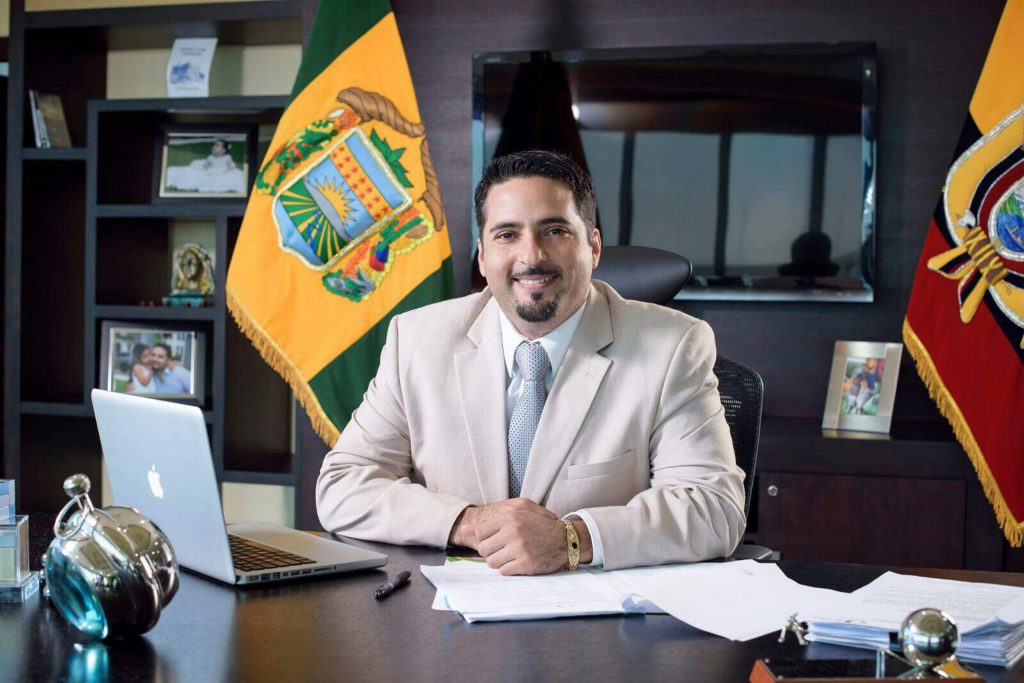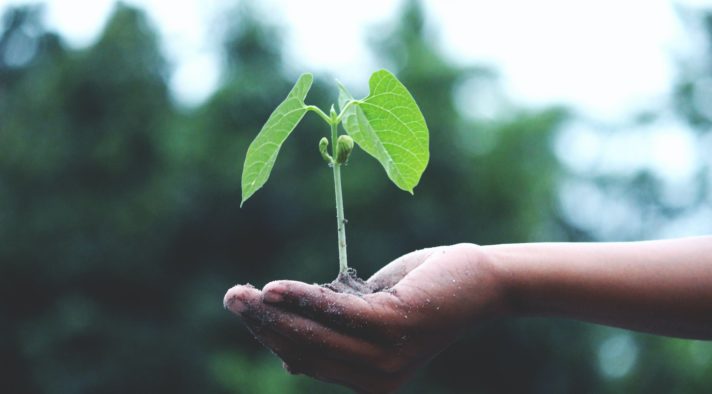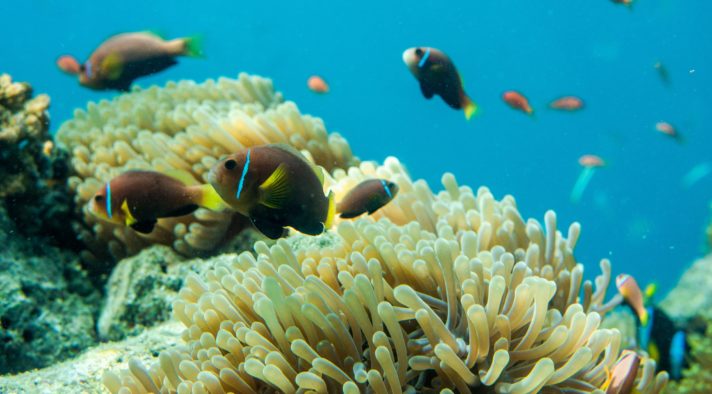Interview with Mr. Esteban Leopoldo Quirola Bustos, Prefect of El Oro Province, Ecuador

Regions4: The province of El Oro has a very varied geography. From plains with mangroves on the coast to the mountain systems of the Andes, which benefits from the presence of great biodiversity. Could you tell us about the projects carried out by El Oro Prefecture for biodiversity conservation?
Esteban Quirola: El Oro Prefecture is carrying out, since 2014, the project called “Biodiversity protection, river basins and fauna management in El Oro Province”. It is one of the fundamental pillars of the conservation of species and spaces of our territories. Its main component is the protection of river basins to guarantee water supply for our province population. Its main objective is the protection of 2000 square kilometres of territory, mostly occupied by piedmont forest, characteristically found at 300 – 1100 meters above sea level. According to the research developed with the National Institute for Biodiversity of Ecuador (INABIO), which can be found in the book “Amphibians, reptiles and birds of El Oro Province” this ecosystem is the most biodiverse in our province and directly coincides with the presence of the river basins that supply water to our population.
Regions4: One of Regions4’s main fields of work are the Sustainable Development Goals (SDGs). How does El Oro contribute to the implementation of the 2030 Agenda and the SDGs? Can you give us some examples of best practices and/or actions for their implementation?
EQ: We have been developing various programs and projects to reach the Sustainable Development Goals and the implementation of the 2030 Agenda, in which we have mainly addressed the following goals:
- SDG 4 – Quality education: With the project “Fostering best environmental practices in El Oro”, developed since 2014. The goal is to promote best environmental practices in our community’s schools. We have worked with 115 schools, 166 principals, 709 teachers, 11212 parents and 18686 students. We have also worked with people living in the schools surrounding areas, reaching 1201 people. The project consists of two environmental education guides, which are taught by the teachers of 6th and 7th grade in six cantons of our province, which are: Machala, Pasaje, El Guabo, Santa Rosa, Arenillas and Huaquillas
- SDG 11 – Sustainable Cities and Communities: Since 2015, we have worked to promote the use of bicycles in the city of Machala. We encourage our citizens through the project “El Oro on wheels”, organising events and activities and giving support to a group of cyclists of all ages. We have also bought 73 bicycles that are available for free to all citizens who do not have them to carry out the proposed activities. This way, we promote the use of bicycles as an alternative means of transport.
- SDG 13 – Climate Action: Our main concern was to know the real state of our territory to be able to work with it in a responsible way and invest the necessary resources where they are needed. For this, we carried out a climate change vulnerability assessment, to make a diagnosis of our province’s conditions, as well as to raise awareness of other state institutions, the private sector and the population in general.
- SDG 14 – Life below water: El Oro Prefecture has implemented an information system to gather data in regards to biodiversity, with the aim to increase knowledge and invest economic resources in a responsible manner. In this sense, we developed the research on the life of freshwater, which resulted in the book “Freshwater ecosystems of El Oro Province”. We are also working to repopulate the species Aequidens rivulatus (Old blue) and Dormitator latifrons (Chame), which were displaced by invasive species such as Oreochromis sp (Tilapia). El Oro Prefecture has been working on the reintroduction of these species in the water bodies of the province, with the information of where these species exist so as not to alter the ecosystems and do it in a responsible manner.
- SDG 15 – Life on land: In the period of 2015-2017, we collected information on the terrestrial and aquatic ecosystems of the province. The groups studied were: a) mammals; b) orchids and bromeliads; and c) aquatic fish and macroinvertebrates of the freshwater systems. We found 139 species of mammals, 32 endemic to our province, and 50 threatened species. The most diverse ecosystem is the piedmont forest, or the well-known cloud forest, in which we found 84 species. Another important ecosystem is the dry and deciduous lowland forests, in which 56 species of mammals were recorded. The unique endemic species of Ecuador were recorded in montane forests and paramos. Large and emblematic species were also recorded, such as the spectacled bear (Tremarctos ornatus), the Andean tapir (Tapirus pinchaque), the red deer or soche (Mazama rufina) and the puma (Puma concolor). In regards to flora, we found 304 species of orchids, 87 endemic and 21 potentially new species, never recorded before in Ecuador. The greatest diversity was found in the piedmont forests in an altitudinal band between 500 and 1600 meters above sea level. A new species of orchid, never recorded in Ecuador or the world before, was found in Huertas, Zaruma canton called the Malaxis Oroensis. We also recorded 85 species of bromeliads, 25 endemic and 13 threatened, with the same diversity pattern as the orchids.

In the freshwater systems, corresponding to four Hydrographic Units of the province of El Oro, 46 species of fish were recorded. The highest number of species was registered in UH 1393 – Santa Rosa River Basin (36 species); UH 1394 – Jubones River Basin was the second richest aquatic system (26 registered species); followed by UH 1392 – Puyango river basin (23 species); whereas the one with less diversity corresponded to UH 1395 – Siete River basin (13 species), with the UH of the Santa Rosa river basin being the most diverse.
The community of aquatic macroinvertebrates of the province of El Oro is composed of 15 classes, 28 orders, 78 families and 222 genera. The most prominent group corresponds to the Insecta Class, with 43,265 individuals belonging to 206 genera. The study sites in the UH of the Puyango River Basin, had the greatest abundance, with 25,741 specimens recorded, followed by the UH 1393 with 14,762 individuals. The water quality index clearly establishes that the middle and upper basins are focal points of conservation, since they are places where water does not have high levels of use, thus maintaining a normal course downstream. However, they are potentially threatened, which can greatly harm the low areas that depend heavily on this resource to continue at a high level of agricultural production. The great wealth and abundance of aquatic invertebrates in the province of El Oro is the result of the ecosystemic variability present in an altitudinal gradient that goes from sea level to 3,900 meters of elevation.
Regions4: One of El Oro’s main economic activities is agriculture. SDG 2 “Zero Hunger” seeks to guarantee food security through sustainable agricultural practices and support to small farmers. What activities is El Oro developing to promote this activity in a sustainable manner?
EQ: Approximately half of the world’s population lives with an equivalent of 2 American dollars per day. Under this premise, our Government, through the Ministry of Productive Development has been working in different projects that allow the economic strengthening of the province, through equipment and creation of new sources of work that reactivate all economic sectors. In this sense, we have managed to strengthen the artisan and industry sectors, livestock, fishing and tourism, which have projected us as a new power nationally and internationally.
Increasing investments, including through the search for international cooperation, in rural infrastructure, agricultural research, technological development and the gene banks of plants and livestock, has become one of the main objectives of this Prefecture, in order to improve the agricultural production capacity in different points of the province.
Our projects range from agricultural training, financial management, marketing, delivery of textile machinery, implementation of dairy micro-enterprises, implementation of agricultural machinery, soil tillage, meat packaging and fishing machinery, delivery of short-cycle seeds and training on the start-up of agroecological gardens, so that it benefits the entire productive sector and we achieve sustainable development through it.
Regions4: One of our flagship initiatives is RegionsAdapt, the first global platform in which regions report on their activities and adaptation plans to climate change. Does El Oro have an adaptation plan? What initiatives are you currently developing to tackle climate change?
EQ: We identified the necessity of developing an assessment of our territory, which we published for the first time in 2016, entitled the “Study of vulnerability and development of the online information system on vulnerability to climate change in the province of El Oro”, in which we describe in detail every aspect of the study at the district level. This tool has helped us to more responsibly carry out the activities developed by our government and invest our resources where they are really needed. This research has given way to the creation of the Mitigation and Adaptation Strategy of El Oro, which is currently still under construction. In parallel, since 2014 we have been working to mitigate the effects of climate change in the sub-basin of the Casacay river, which supplies water to more than 60% of our population. In this territory 50,537 trees have been reforested, which benefits the following situations: 1) The protection of the Cascay river sub-basin using native species that had been displaced by species of economic interest, producing monocultures. 2) The mitigation of the effects of climate change, since the trees that have been planted so far contribute to the capture of carbon from the atmosphere.
Regions4: To guarantee a sustainable future, cooperation and coordination between all levels of government are key. What actions is El Oro Prefecture carrying out in terms of multi-level governance for sustainable development, climate change and biodiversity?
EQ: To implement and strengthen best environmental practices in El Oro, we have been working with different educational institutions at the district level, which has allowed us to give quality education to our students, which are the future of our province. We have also signed partnerships on behalf of conservation, regulation and control of environmental activities, spaces and species with the Ministry of Environment of Ecuador.
More specifically, in regards to biodiversity conservation, for the management of hydrographic basins and fauna, we have worked alongside the NGO Naturaleza y Cultura Internacional, the National Institute for Biodiversity (INABIO), JOCOTOCO Foundation and the International Centre for El Niño Phenomenon and PNUD for the recovery and conservation of the Tembladera wetlands.




